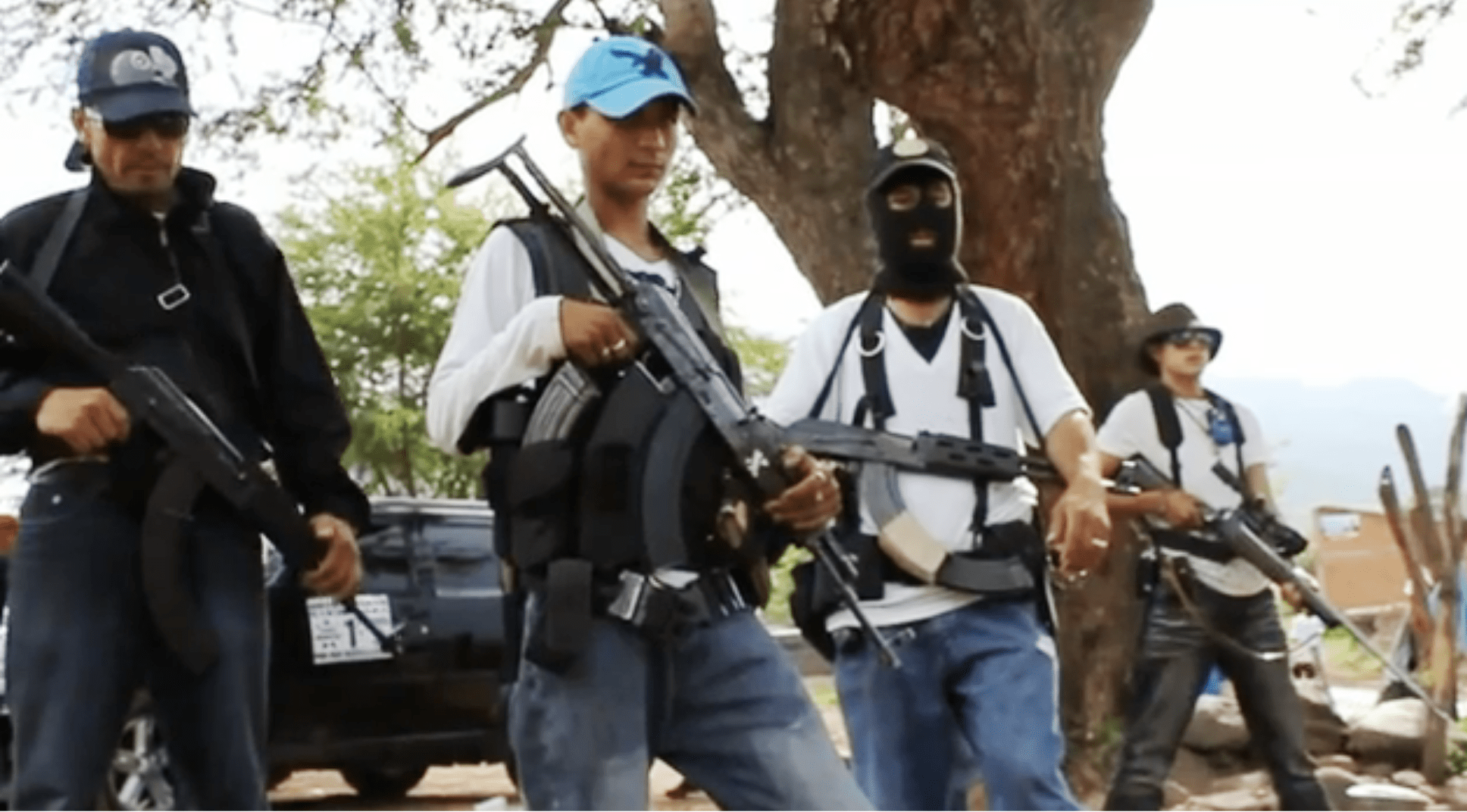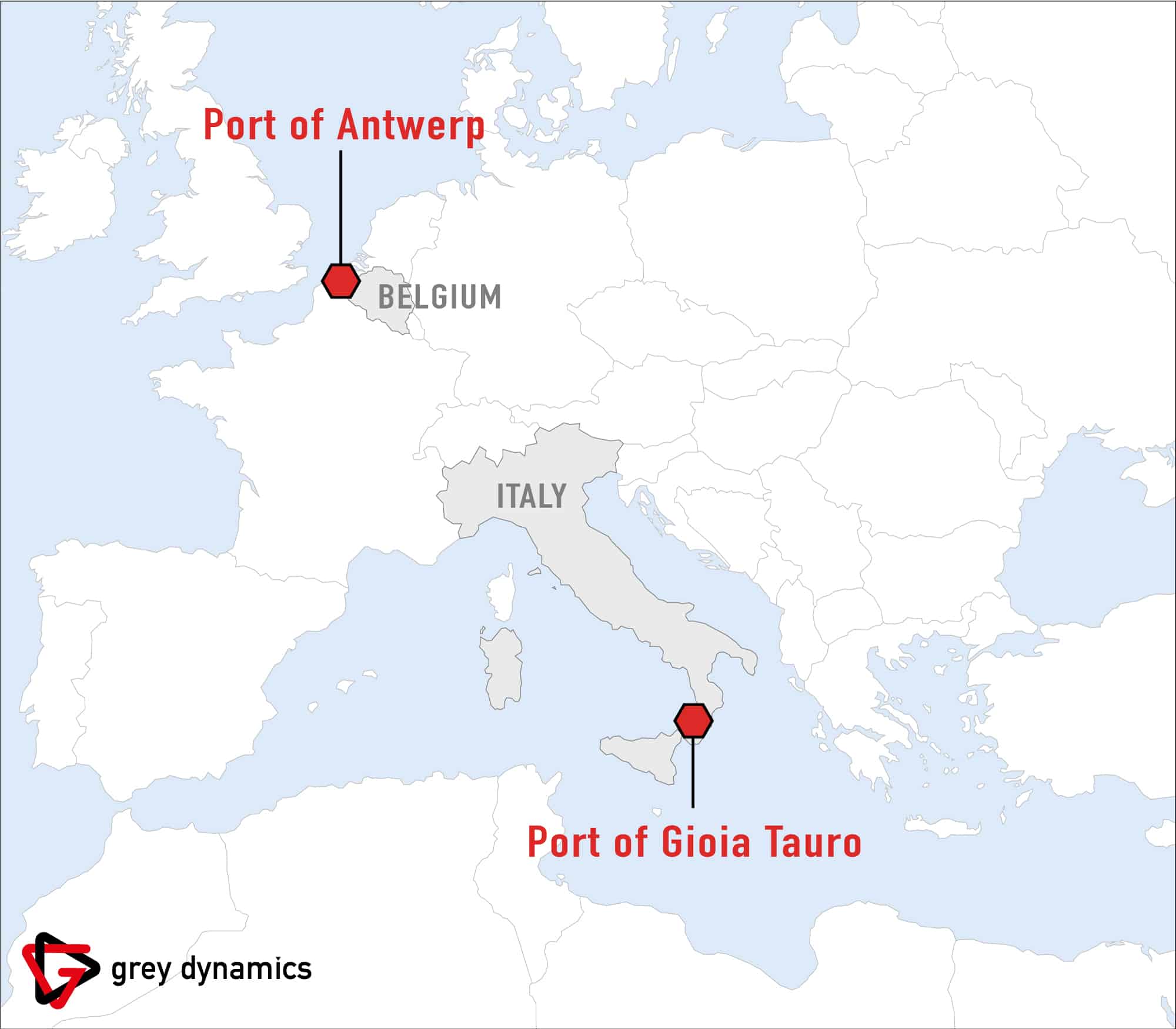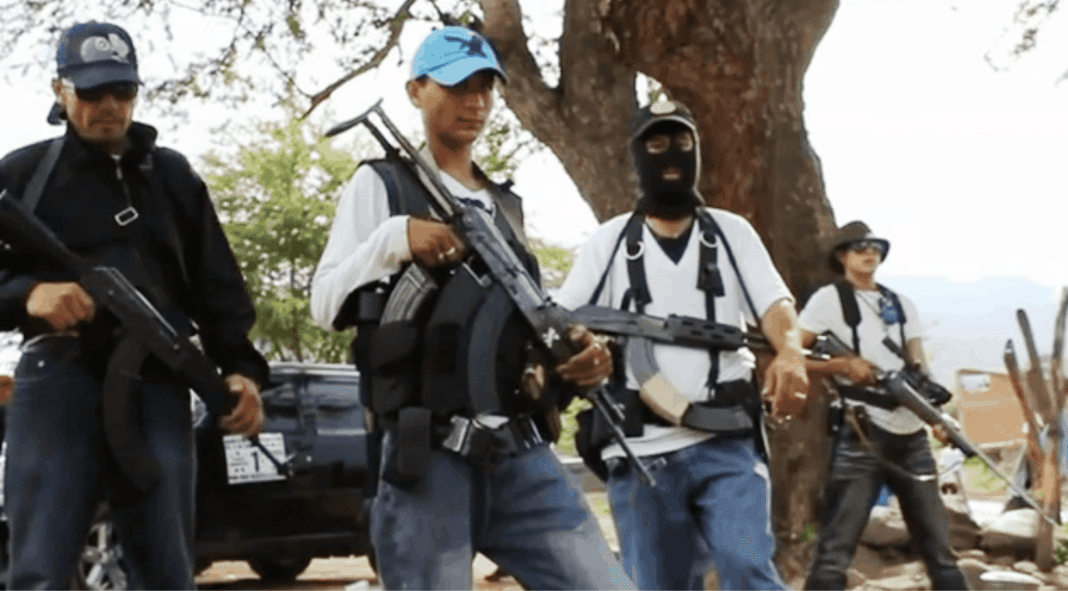
Why Does This Matter?
Although official reports of cooperation between cartels and the Mafia date to 2012, Italian mafias continue to have a significant presence in South America.
- It is almost certain that the ‘Ndrangheta developed a network in South and Central America to ensure the distribution of narcotics. The group is responsible for 80% of cocaine imports in Europe.
- History with the Gulf Cartel, Zetas Cartel and the PCC makes it likely that Mexican organised crime groups actively cooperate with Italian counterparts in the transatlantic distribution of cocaine.
- Italian organised crime groups almost certainly will avoid confrontation or engaging in inter-cartel conflicts in Latin and Central America. The flow of shipments is crucial for the European drug market and the geographical singularity of narcotics like cocaine push groups to maintain a presence at all costs in Latin America.
History & Relationships: Cartel-Mafia Cooperation
Operation Reckoning, led by the DEA and Italian counterparts in 2008, surfaced an existing relationship between the Gulf Cartel with the ‘Ndrangheta. The Mexican cartels transported cocaine from Colombia to New York where mafia members exported the cocaine to the port of Gioia Tauro in Calabria, Italy. The operation laundered more than $57 million and trafficked up to 80 tonnes of cocaine.
Drug trafficking networks have been exposed across Central and Latin America. In 2014, cocaine shipment stemmed from Peru and Colombia through the Panama canal hidden in fish for transport, reportedly transporting up to 680Kg. Also in 2014, a Spanish citizen was arrested in Colombia allegedly representing the Oficina de Envigado and tasked with establishing a link with the Calabrian mafia.
In 2019, 2 ‘Ndrangheta members were arrested in Sao Paulo, including the head of the Latin American-Brazil network and liaison officer with the Capitals First Command (PCC). The second head of the PCC, Gilberto Aparecido Dos Santos, known as Fuminho, met at least twice with a representative of the ‘Ndrangheta between 2016 and 2017.
With a further presence in Peru, the Dominican Republic and Costa Rica, the ‘Ndrangheta portray the importance of the region and the steady flow of cocaine. The expansion in corridors and the variety of actors indicate that despite the regional conditions, the criminal organisation will almost certainly have a permanent presence or relationship with actors in Latin and Central America. Despite the lack of recent evidence, it is likely that the growing significance of Mexican cartels has attracted the interest of Italian organisations in establishing narcotic transport routes.
European Responsibility
Cocaine seizures have increased during the pandemic, with a growth of 6 tonnes discovered in the port of Antwerp and other locations like Rotterdam and Galicia, where the pandemic did not affect bulk trafficking. Maritime routes remain the preferred transport method as groups have reportedly exploited the large number of containers which enter Dutch and Belgian ports daily. The European Monitoring Center for Drugs and Drug Addiction (EMCDDA) published a report in September 2020 indicating a rise in seizures and the purity of the cocaine sold in Europe. 62 tonnes were exported in 2014 while 177 tonnes were exported in 2018, rising to an almost 300% increase.

Giuseppe Governale, Italy’s chief anti-mafia prosecutor, said in September that the ‘Ndrangheta were the ‘most important criminal organisation in the western world’. The Italian organisation reportedly holds a budget equal to 3% of Italy’s GDP, around $59 billion. The profitability of drug trafficking will highly likely push the ‘Ndrangheta to expand and solidify the relationship with trans-Atlantic criminal organisations. The variety of criminal partner networks has highly likely positioned the Italian organisation as an actor of profit rather than expansion, avoiding any accusation or confrontation.
Avoiding the Mexican Environment
Despite its history with the Zetas and Gulf cartel, it is highly unlikely that the ‘Ndrangheta and other Italian organisations will focus on increasing the levels of violence and confrontation. The profit of trafficking is to be maintained, and incentivising a conflict between cartels will likely disrupt the chain of distribution, imports and production of narcotics. Nevertheless, the are conditions likely to curb the significance and size of Italian investment in the Mexican criminal environment.
There will likely be an increase in violence in Mexico City due to the expansion of the CJNG. Media attention has increased after the arrest of former defence minister Salvador Cienfuegos Cepeda. The volatile criminal environment in Mexico compared to Italy where cooperation amongst criminal organisations is more common means that whatever relationship is formed between the mafia and cartels, it will highly likely be of cooperation and distribution rather than of complete support.
Image: Twluedke (link)

